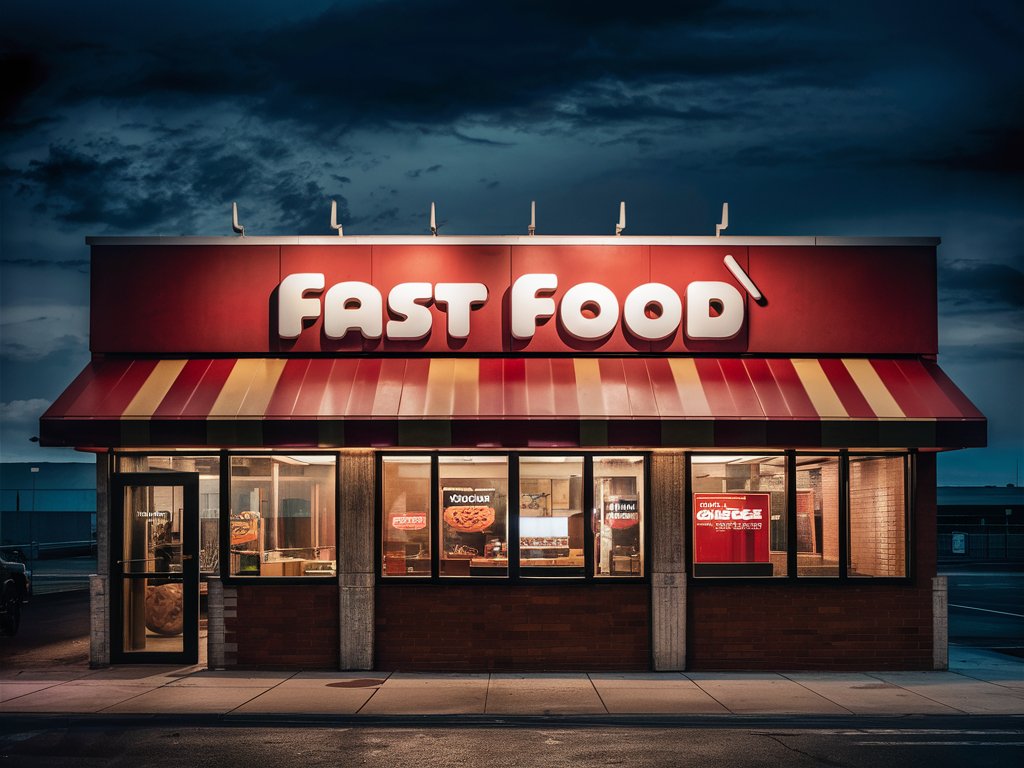Fast food industry is important in global economy due to quick service and affordable prices. However, like any business sector, it is not immune to financial challenges. One of the most critical junctures for struggling fast food operators is Chapter 11 bankruptcy. This article delves into what Chapter 11 entails, how it impacts fast food operators, notable case studies, and the broader implications for the industry.
Understanding Chapter 11 Bankruptcy
What is Chapter 11 Bankruptcy?
Chapter 11 bankruptcy, often referred to as a “reorganization” bankruptcy, allows businesses to restructure their debts while continuing operations. Unlike Chapter 7 bankruptcy, which involves liquidating assets to pay creditors, Chapter 11 provides a chance to devise a plan to pay back creditors over time. This type of bankruptcy is typically used by corporations, including fast food operators, that need time and flexibility to get back on their feet.
The Process of Filing for Chapter 11
Automatic Stay: Upon filing, an automatic stay is imposed, halting all collections, foreclosures, and repossessions of the company’s assets.
Debtor in Possession: The company typically continues to operate as a “debtor in possession,” maintaining control of business operations during the bankruptcy proceedings.
Plan of Reorganization: The company must propose a reorganization plan, detailing how it intends to repay creditors. This plan needs approval from creditors and the bankruptcy court.
Confirmation and Execution: Once the plan is confirmed by the court, the company implements it, emerging from bankruptcy when the plan is completed.
Impact on Fast Food Operators
Reasons for Fast Food Operators Filing Chapter 11
Fast food operators may seek Chapter 11 protection for various reasons, including:
Economic Downturns: Economic recessions can reduce consumer spending, impacting sales.
Rising Costs: Increases in labor, food, and operational costs can strain profitability.
Competitive Pressure: Intense competition within the fast food industry can erode market share.
Poor Management Decisions: Strategic errors, such as overexpansion or poor location choices, can lead to financial distress.
External Crises: Events like the COVID-19 pandemic can cause sudden and severe disruptions.
Consequences of Filing Chapter 11 for Fast Food Operators
Filing for Chapter 11 can have both positive and negative consequences for fast food operators:
Positive Consequences
Debt Restructuring: Allows the company to renegotiate terms with creditors, potentially reducing debt burden.
Operational Continuity: Enables the company to continue operations, preserving jobs and brand presence.
Opportunity for Turnaround: Provides a framework for implementing strategic changes and operational improvements.
Negative Consequences
Stigma and Consumer Confidence: Filing for bankruptcy can damage a company’s reputation and consumer trust.
Legal and Administrative Costs: The bankruptcy process is expensive and time-consuming.
Loss of Control: Creditors and courts may impose significant oversight and restrictions on business operations.
Also Read: Nutmeg Clothing: Everything You Need to Know
Notable Case Studies
Friendly’s
Friendly’s, an iconic American diner-style restaurant chain, filed for Chapter 11 bankruptcy in 2020. The company cited the COVID-19 pandemic’s impact on business as a significant factor. As part of its reorganization plan, Friendly’s closed underperforming locations and sold its assets to Amici Partners Group, LLC. This allowed the chain to continue operating under new ownership, albeit with a leaner footprint.
NPC International
NPC International, one of the largest franchisees of Pizza Hut and Wendy’s, filed for Chapter 11 bankruptcy in 2020. The company struggled with a heavy debt load, increased labor costs, and competitive pressures. The reorganization plan involved selling parts of its business to various buyers and closing some locations. This case highlighted the challenges franchisees face, balancing corporate brand requirements with local market realities.
Ruby Tuesday
Ruby Tuesday, a fast-casual dining chain, filed for Chapter 11 bankruptcy in 2020. The company attributed its financial difficulties to declining sales and the adverse effects of the COVID-19 pandemic. As part of its restructuring, Ruby Tuesday closed over 150 locations and streamlined its operations to focus on core markets. The company emerged from bankruptcy with a more sustainable business model.
Implications for the Fast Food Industry
Operational Adjustments
Fast food operators emerging from Chapter 11 often implement significant operational changes. These can include:
Menu Simplification: Streamlining menus to focus on high-margin, popular items.
Cost-Cutting Measures: Reducing labor costs, negotiating better terms with suppliers, and closing underperforming locations.
Digital Transformation: Investing in technology for online ordering, delivery, and customer engagement.
Industry Consolidation
Chapter 11 filings can lead to industry consolidation. Struggling operators may be acquired by larger, more financially stable companies. This can result in fewer, but stronger, players in the market. Consolidation can also bring about operational efficiencies and better economies of scale.
Employee and Consumer Impact
Bankruptcy filings can have profound effects on employees and consumers:
Employees: Job losses and uncertainty are common as companies restructure and close locations.
Consumers: Changes in the availability of locations and menu offerings can impact customer loyalty and satisfaction.
Strategic Considerations for Fast Food Operators
Proactive Financial Management
To avoid the need for Chapter 11, fast food operators should engage in proactive financial management, including:
Regular Financial Audits: Conducting thorough audits to identify and address financial issues early.
Cost Management: Implementing rigorous cost control measures to maintain profitability.
Strategic Planning: Developing long-term strategies to navigate economic cycles and competitive pressures.
Diversification and Innovation
Diversification and innovation are critical for sustaining growth and resilience:
Menu Diversification: Expanding menu options to cater to changing consumer preferences.
Technology Integration: Leveraging technology to enhance customer experience and operational efficiency.
Market Diversification: Exploring new markets and revenue streams to reduce dependency on a single segment.
Crisis Management
Having a robust crisis management plan can help fast food operators navigate unforeseen challenges:
Crisis Response Team: Establishing a dedicated team to handle crises effectively.
Communication Plan: Ensuring clear and transparent communication with stakeholders during crises.
Business Continuity Planning: Developing plans to maintain operations during disruptions.
Conclusion
Chapter 11 bankruptcy represents a critical juncture for fast food operators facing financial distress. While the process offers an opportunity for restructuring and recovery, it also comes with significant challenges and consequences. By understanding the intricacies of Chapter 11, fast food operators can better navigate financial difficulties and emerge stronger. Proactive financial management, strategic innovation, and robust crisis management are essential for maintaining resilience in the dynamic and competitive fast food industry.







